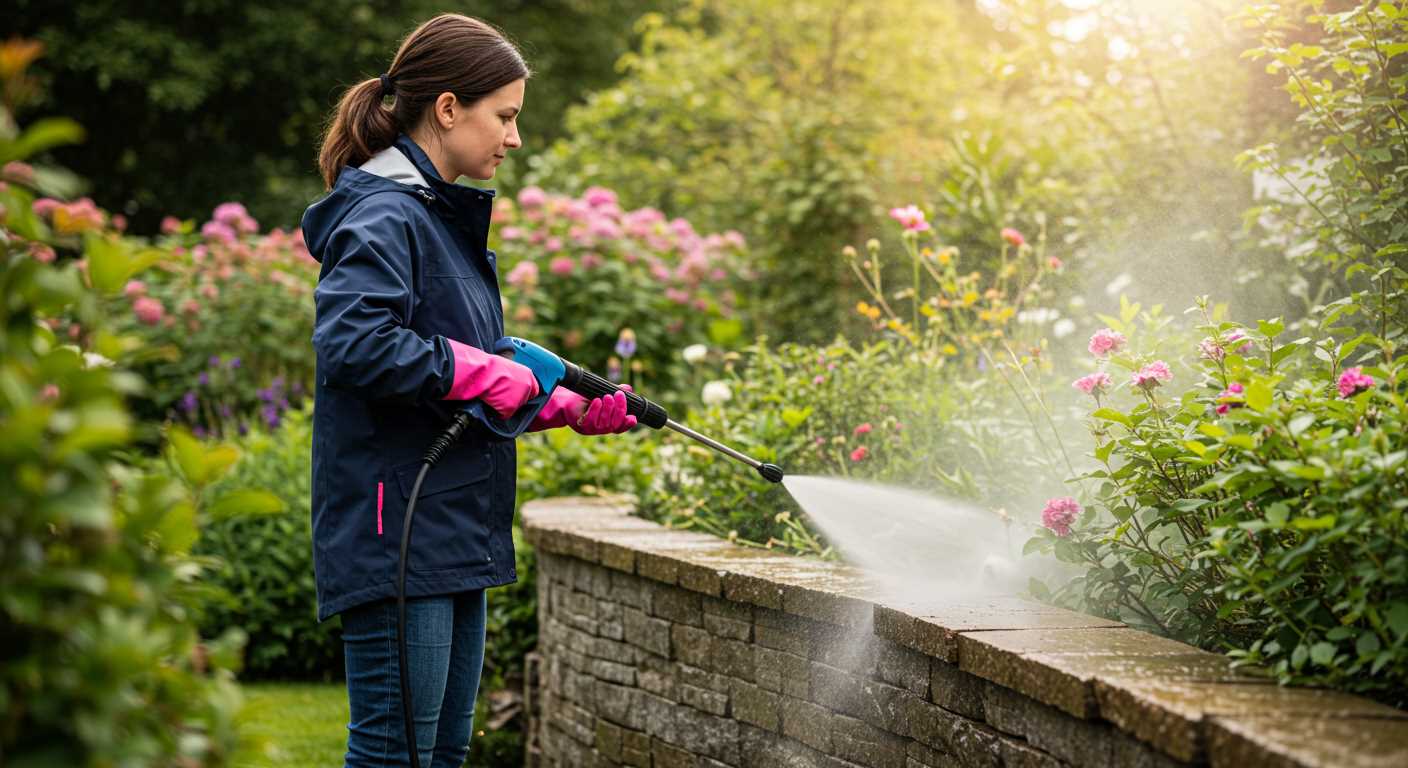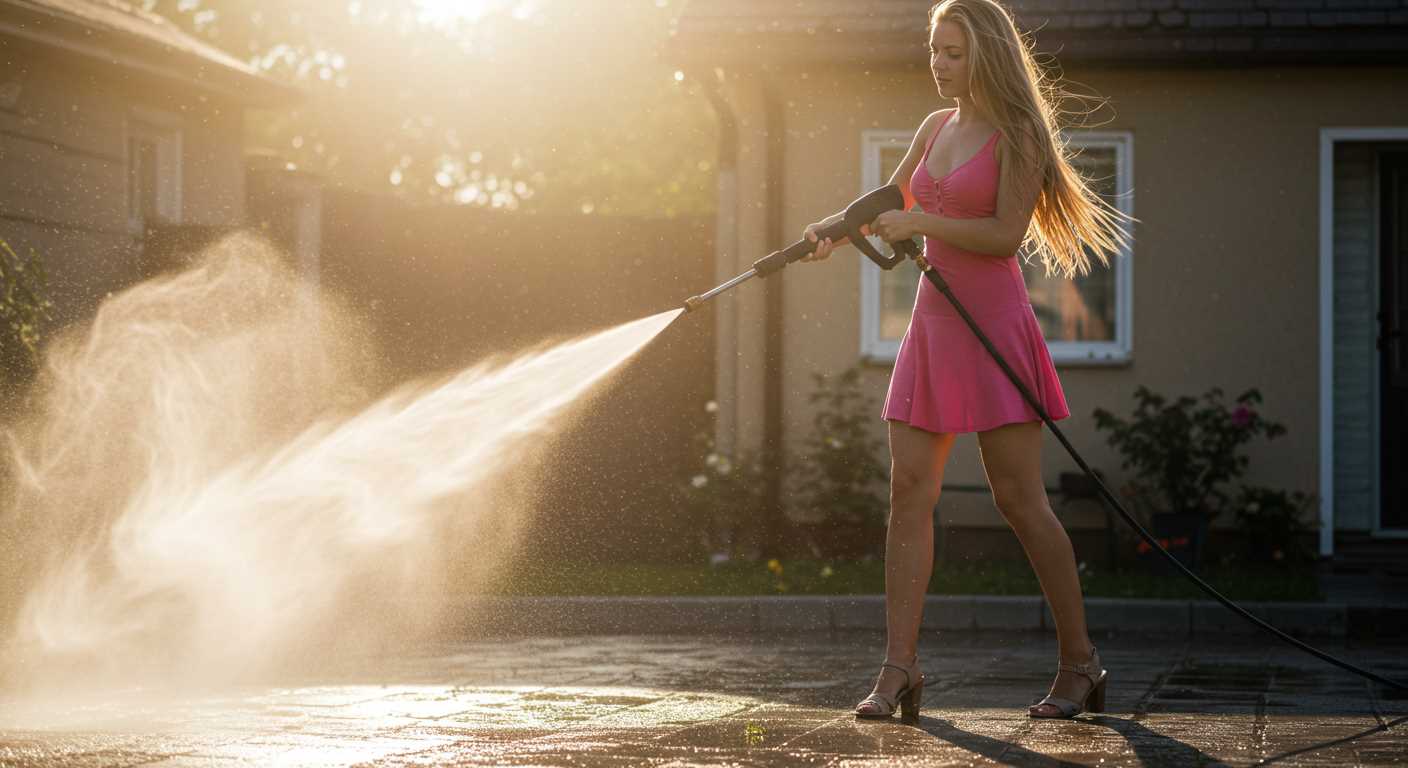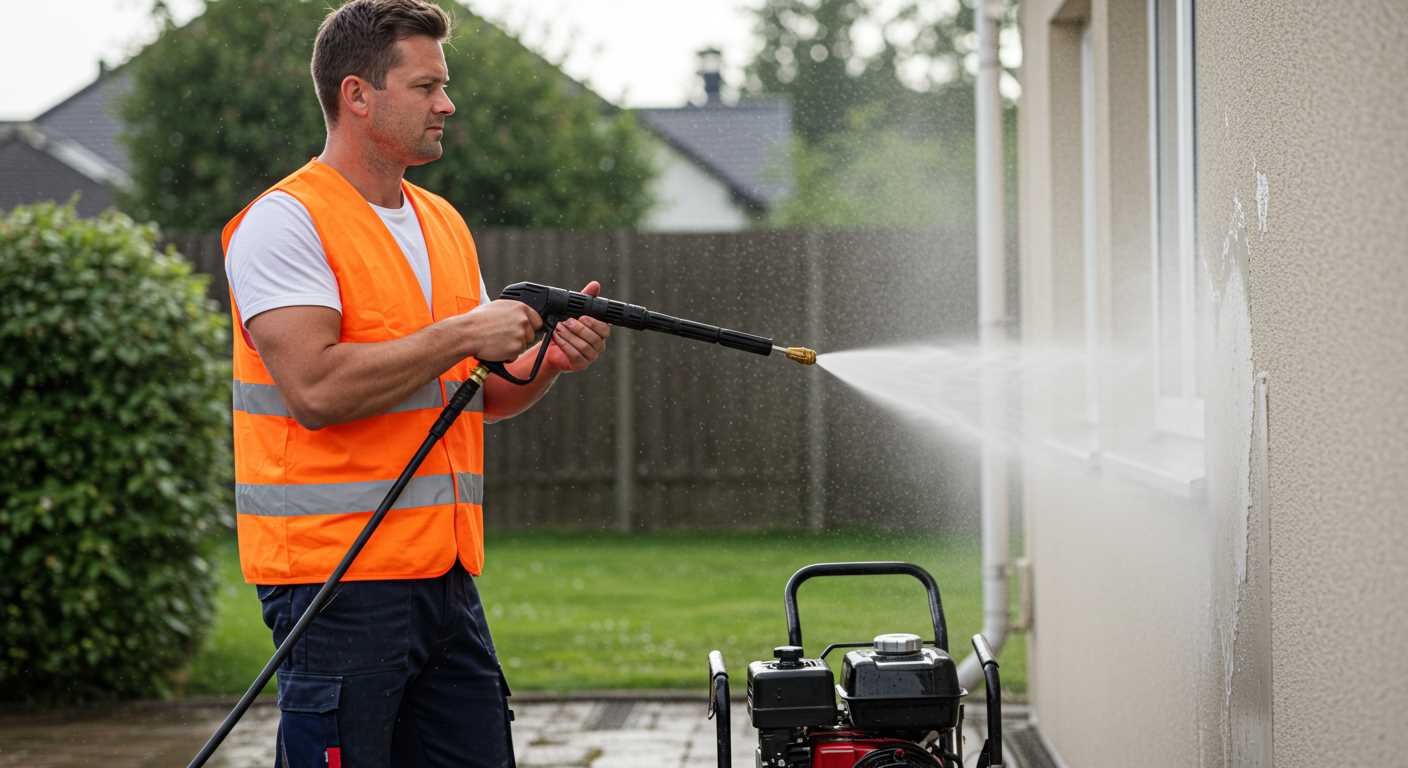

Compatibility among high-pressure cleaning connections is not universally guaranteed. While many brands aim for standardisation, differences in design and specifications can complicate interchangeability. Generally, I recommend checking the connector specifications before purchasing additional accessories or replacements. This will save you time and avoid the frustration of mismatched components.
Upon testing numerous brands over the years, I’ve noticed that while some fittings appear interchangeable, subtle variations in thread size, material type, and design can cause compatibility issues. For instance, certain models may use metric threads instead of imperial ones or have unique locking mechanisms. Always verify whether connectors meet industry standards such as M22 or 3/8” quick-connect for the best results in your cleaning tasks.
Additionally, consider the pressure ratings and flow rates compatible with your equipment. Using a fitting that doesn’t match these specifications can lead to leaks or even damage the unit. To ensure optimal performance, I strongly advise consulting your pressure cleaner’s manual for guidelines and specifications related to connectors.
Compatibility of Connections for Cleaning Equipment
Not all connections for cleaning devices fit every type of unit. It’s crucial to check the specifications of your model against the connectors available. Mismatched designs can lead to leaks or outright failure during use.
Types of Connectors Available
Most tools utilise specific types of connections, such as quick connect, threaded, or bayonet fittings. Each style has its own standards based on manufacturer designs. Quick connects, for instance, tend to be more user-friendly, allowing for rapid adjustments and changes.
Advice on Compatibility
When purchasing additional connectors or accessories, always refer to the manufacturer’s guidelines. Ensuring compatibility will enhance performance and longevity of your equipment. If in doubt, consult with experts or detailed product documentation for your specific model to avoid unnecessary complications.
Understanding the Types of Pressure Washer Fittings
Choosing the right components for your cleaning device can significantly influence performance. Here is a breakdown of popular types of connectors you will encounter:
| Type | Description | Common Use |
|---|---|---|
| Quick Connect | Allows for rapid attachment and detachment of accessories; features a simple push-and-pull mechanism. | Ideal for switching nozzles or accessories quickly during cleaning tasks. |
| Threaded Connect | Includes standard threads (NPT or BSP) for a secure, leak-free fit; requires screwing on the fittings. | Commonly used in permanent installations or where robust connections are needed. |
| Barb Connectors | A hose fitting with a tapered end designed to grip hose materials tightly. | Helpful for attaching hoses or flexible tubing securely to cleaning devices. |
| Electric Connectors | Used for power supply connections, typically specific to electric models. | Essential for linking power hoses to the main unit safely. |
Consider compatibility when selecting connectors. Mismatched types may lead to inefficiencies or damage. For optimal usage, I recommend verifying the specifications of your cleaning equipment against manufacturer guidelines before purchasing additional parts. In practice, maintaining uniformity in sizing (either metric or imperial) can simplify upgrades and replacements.
Key Considerations for Compatibility Between Different Brands
Compatibility issues often arise when connecting accessories across various manufacturers. To ensure optimal functionality, here are critical factors to keep in mind:
Connection Types
- Thread Standard: Different models might feature varying thread specifications. Common types include ¼” NPT and M22. Always confirm the thread size before purchasing new accessories.
- Locking Mechanisms: Different brands may utilize distinct locking systems. Check whether a screw-on, bayonet, or quick-connect lock is employed.
- Size Variability: While some accessories appear similar, sizes can differ slightly. Measure the diameter and length to avoid mismatches.
Material Compatibility

- Durability: Different materials, such as brass, plastic, and stainless steel, affect the longevity and performance of attachments. Consider investing in more robust materials given the pressures involved.
- Corrosion Resistance: If using in humid or harsh environments, select materials with superior corrosion resistance to prevent degradation over time.
Conduct thorough research on specifications before making a purchase to avoid costly mistakes. Consult user reviews and manufacturer guidelines to gather insights into experiences with different brands.
How to Identify the Size of Your Pressure Cleaning Connections
To determine the dimensions of your cleaning system’s coupling, start by measuring the diameter of the end of the hose or the connection point on the unit itself. Use calipers or a ruler for accuracy. If you measure in millimetres, be sure to note the conversion to inches if needed, as multiple products may use different units.
Common Sizes
The most frequently encountered dimensions are 1/4 inch, 3/8 inch, and 1/2 inch. These measurements refer to the inner diameter of the connectors. Knowing your model will save time when searching for compatible adapters or extensions. Using a reference guide that lists common sizes can simplify the process further.
Thread Type Identification

Next, identify the thread style. The two popular types are National Pipe Thread (NPT) and British Standard Pipe (BSP). NPT threads are tapered, while BSP threads are parallel. You can differentiate between them by inspecting the shape of the threads; NPT will have a more pronounced taper towards the end. If unsure, you may visit a local hardware store with your fitting for assistance.
Another method for checking compatibility is to try fitting it with another hose or accessory. If it connects easily without forcing, you likely have the right match. Always verify the specifications on the manufacturer’s website if you have the model number handy.
Taxonomies of connections are essential for seamless operation. Keeping a chart of the identified sizes and thread types can be beneficial, especially if you frequently work with various brands.
Common Issues With Non-Compatible Pressure Cleaning Attachments
Mismatch between components can result in various challenges. Here are key problems you might encounter:
- Water Leakage: A poor connection leads to significant water loss, causing inefficient operation and potential damage to the unit.
- Reduced Performance: Incorrect fittings may restrict water flow, affecting spraying power and making cleaning less effective.
- Damage to Equipment: Using the wrong accessories can strain internal parts, leading to premature wear and increased maintenance costs.
- Increased Risk of Accidents: Loose or improperly fitted connections may detach during use, posing safety hazards to the operator and bystanders.
- Undesired Spray Patterns: Non-compatible attachments can create unpredictable spray patterns, complicating usage and reducing cleaning efficiency.
- Compatibility Confusion: Multiple brands often have specific requirements. Confusing specifications can lead to time wasted on trial and error.
To mitigate these issues, always verify compatibility before purchasing new accessories. Measure sizes accurately and consult manufacturer specifications when needed.
Maintaining a consistent brand for components typically ensures better synergy, resulting in improved performance and longer lifespan for your cleaning equipment.
Where to Find Compatible Pressure Washer Fittings or Adapters

Retailers specialising in cleaning gear often stock a variety of connectors and adaptors for different brands. Local hardware stores frequently carry popular sizes, making it convenient to find what you need. For specialised components, I recommend checking online platforms such as Amazon or dedicated websites that focus on cleaning equipment. These sites usually provide detailed specifications, ensuring you choose the right part.
Manufacturer Websites
Brands like Karcher, Ryobi, and Simpson usually have comprehensive parts sections on their websites. Browsing these can reveal direct options tailored for your model, often listing compatible accessories and their specifications. Additionally, official retailers and distributors might stock exclusive or hard-to-find pieces, offering peace of mind in terms of quality and fit.
DIY and Community Forums

Online forums and DIY communities often have threads dedicated to specific equipment types. These serve as excellent resources for recommendations based on personal experiences. You can find advice on where to purchase components, as well as tips on custom modifications if you’re looking to adapt parts from different manufacturers.
Maintenance Tips for Ensuring Proper Fitting Connections
Regular inspections of your connection points are critical. Look for any signs of wear or deterioration. Rubber O-rings should be checked for cracks and should be replaced if worn or damaged. Keeping these seals intact prevents leaks and ensures optimal performance.
Cleaning the Threads
Before each use, clean the threads of both male and female ends. Debris and dirt can cause misalignment or blockages, leading to poor connections. A soft brush or cloth can effectively remove any buildup. Make sure to avoid any harsh chemicals that could degrade the materials.
Use Thread Sealant Wisely
If loose connections occur, consider applying low-strength thread sealant on the male threads. Avoid over-tightening, which can damage the fittings. Just a light coat will provide additional security against leaks without jeopardising future disassembly.
Store your equipment in a dry, sheltered area to prevent corrosion. Extreme temperatures can warp components and affect their integrity over time. Periodically lubricating joints with a silicone-based lubricant can also extend the lifespan of your connections.





